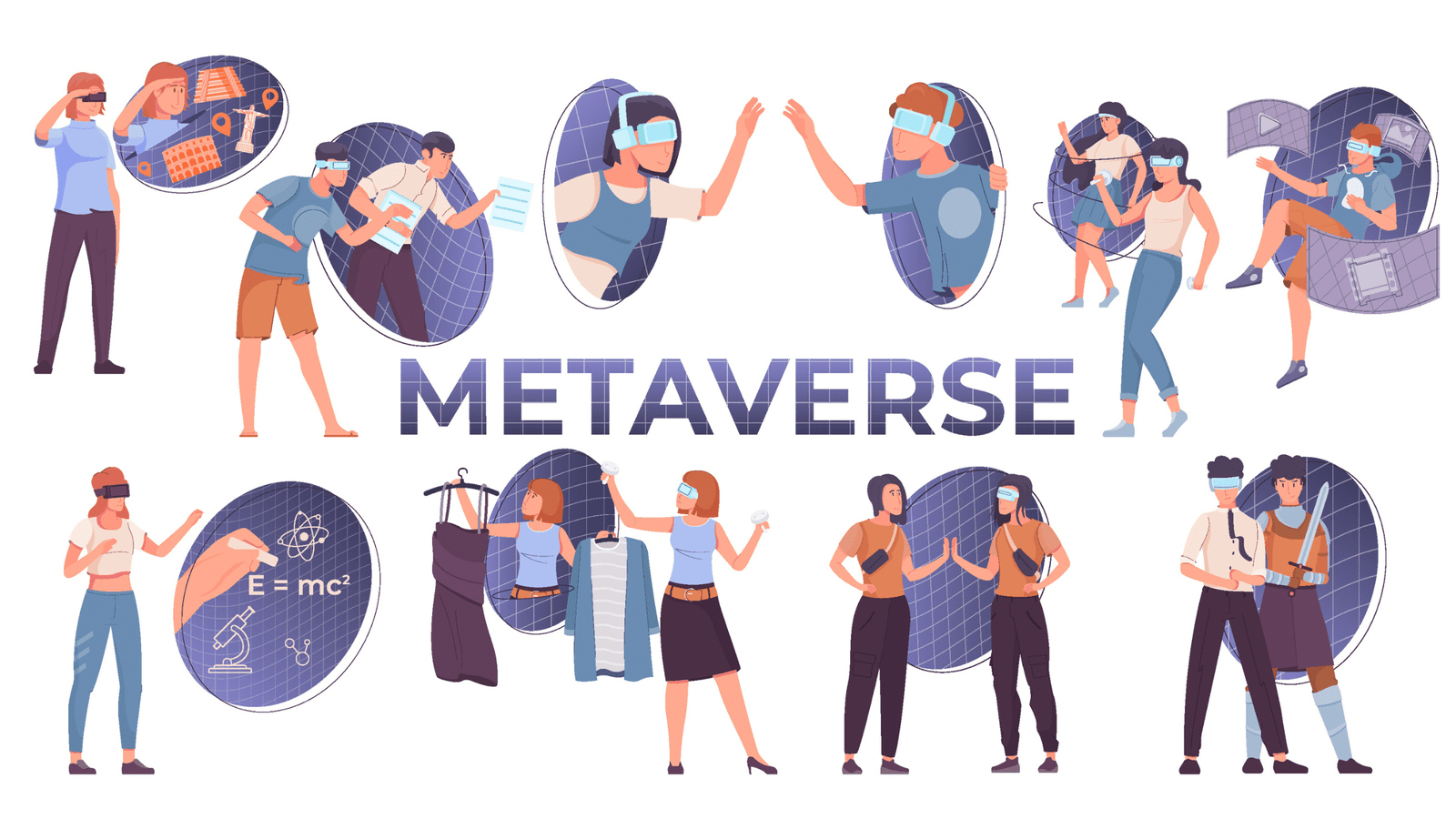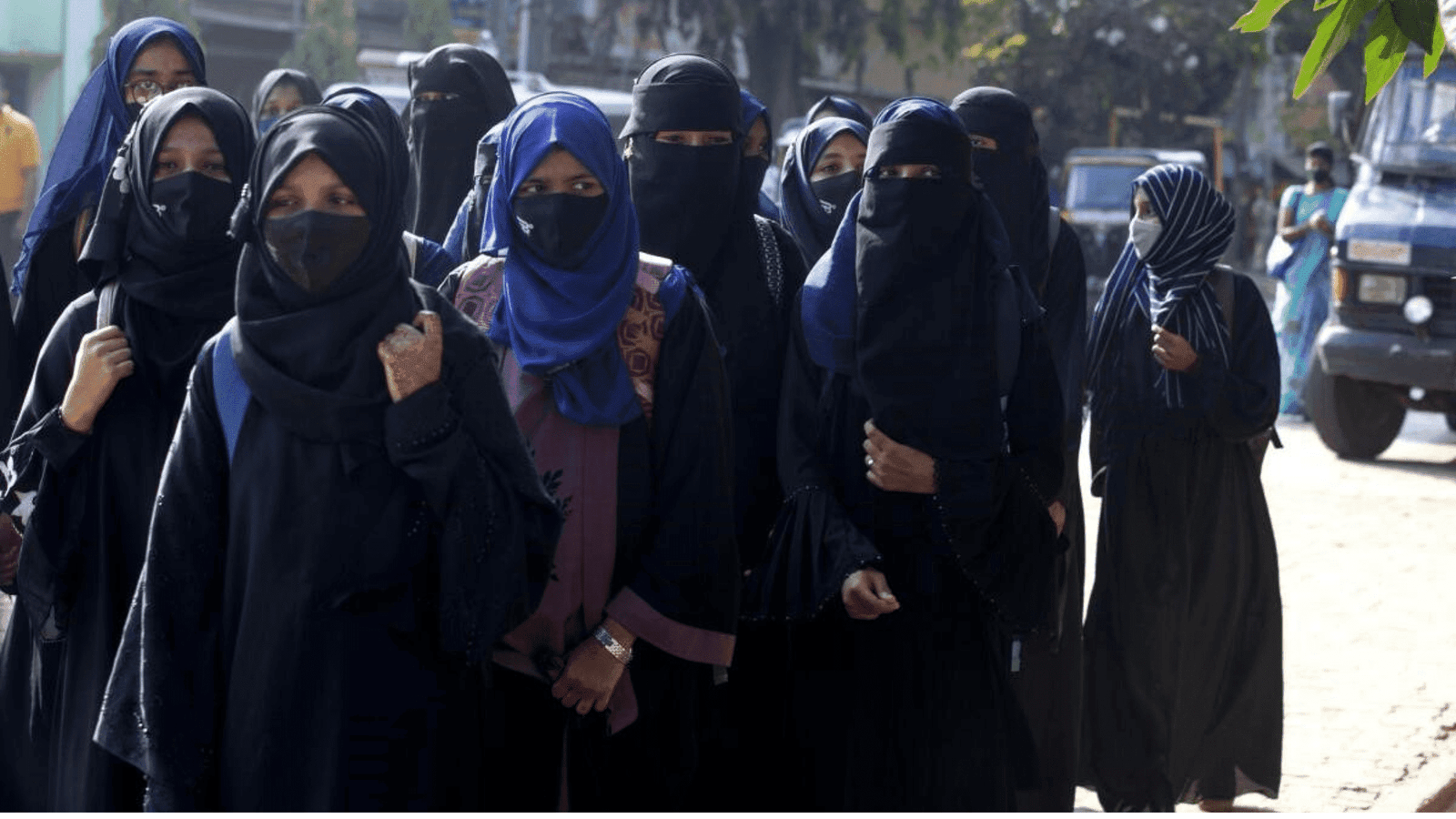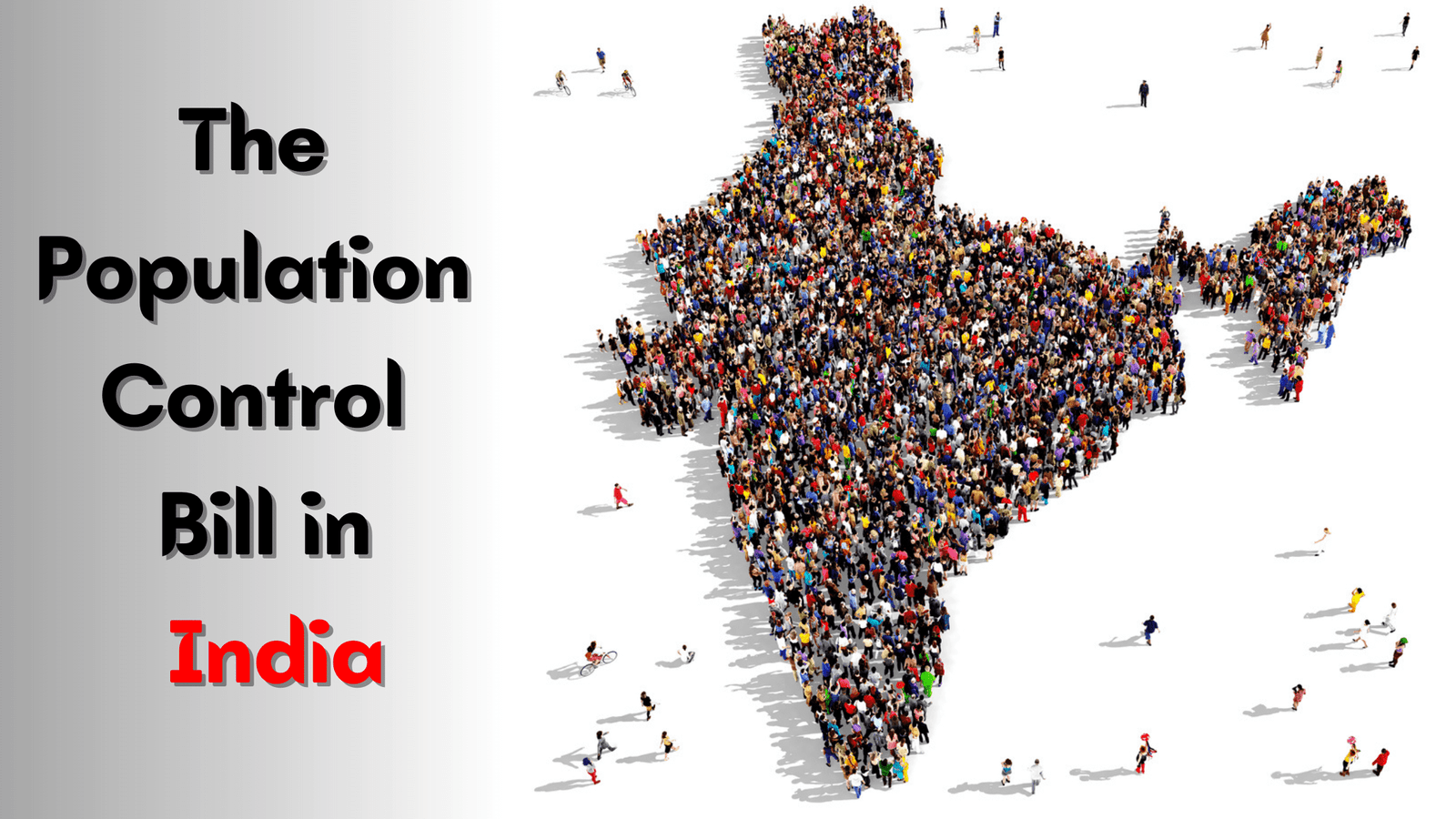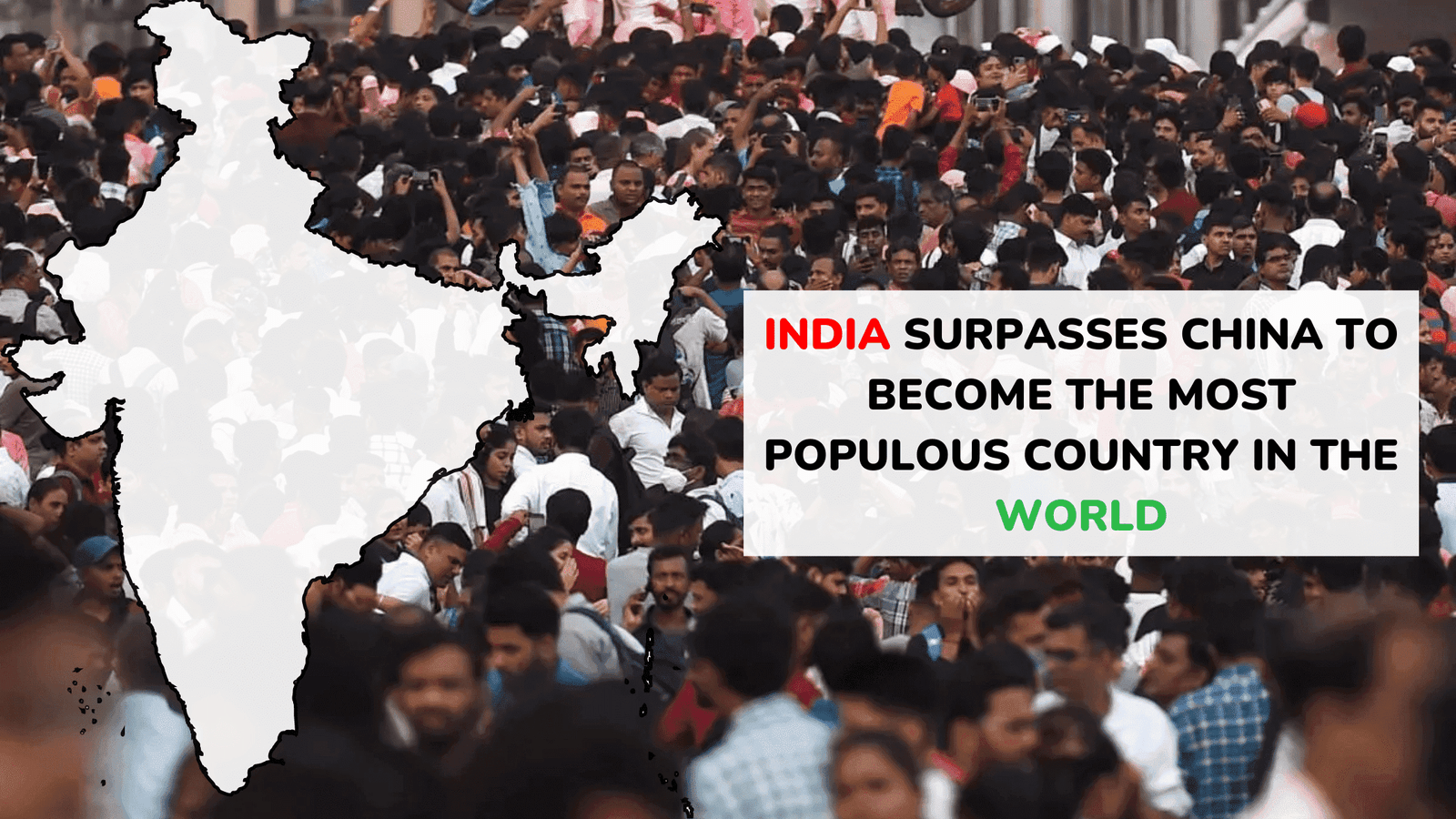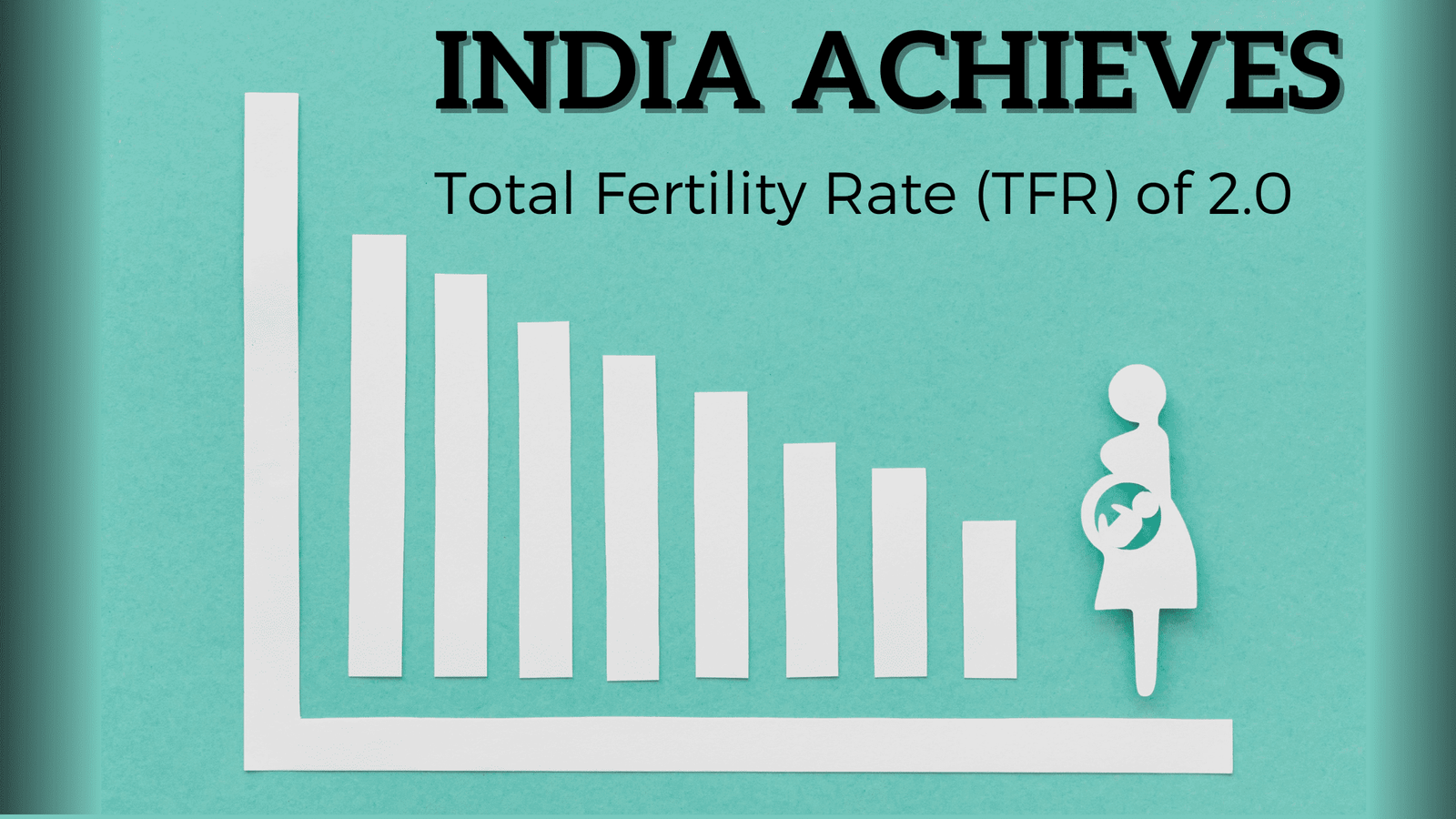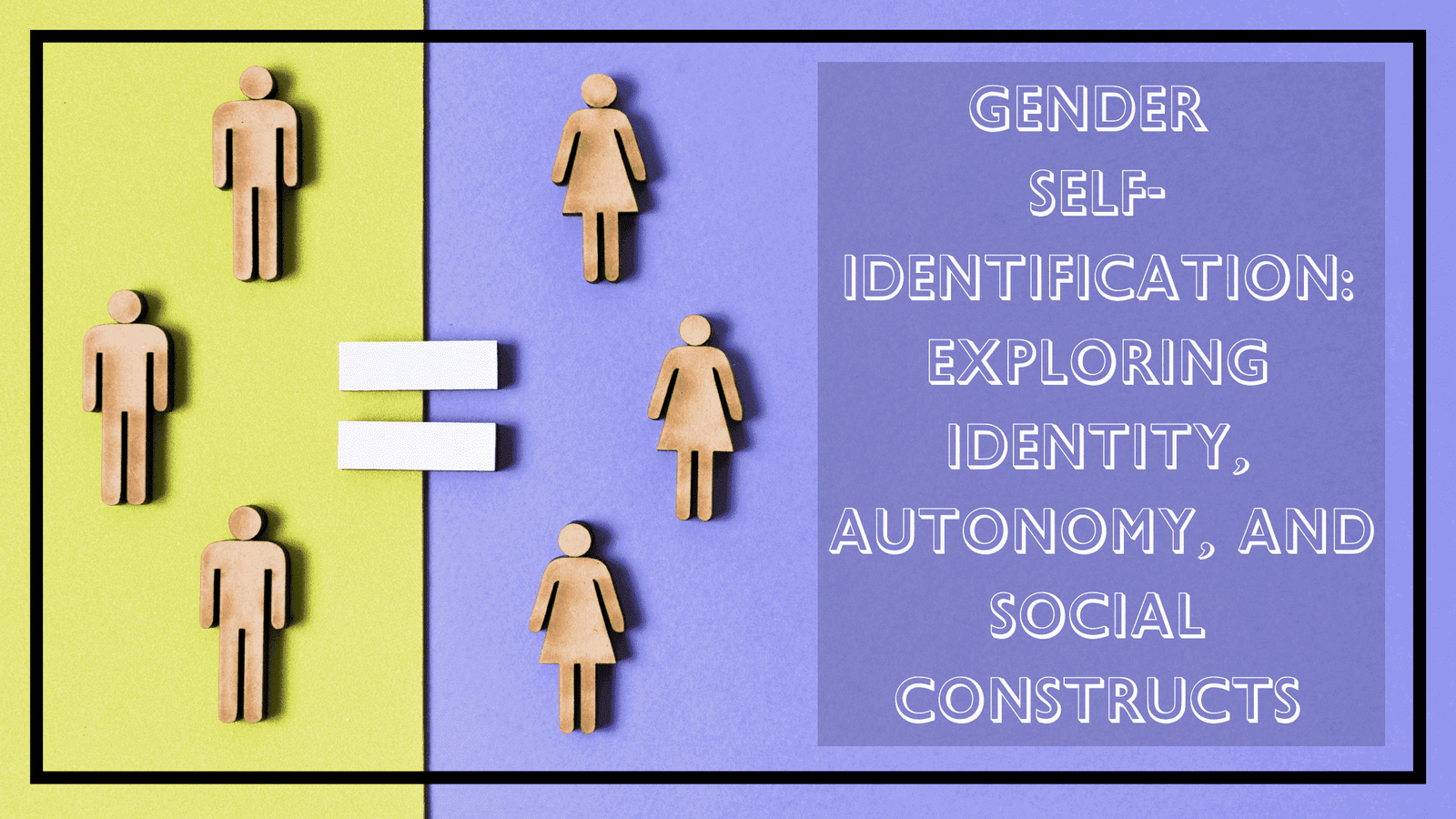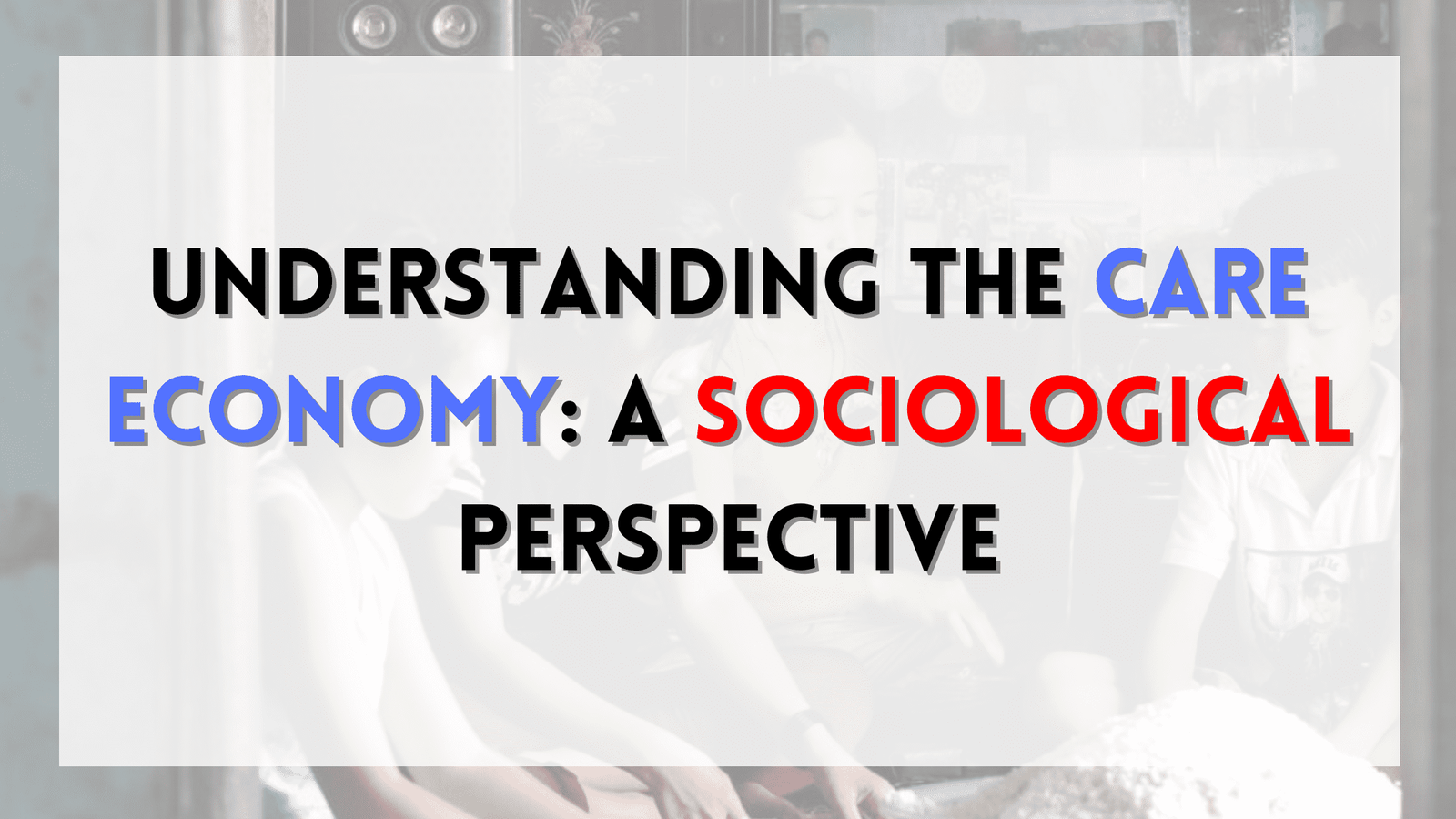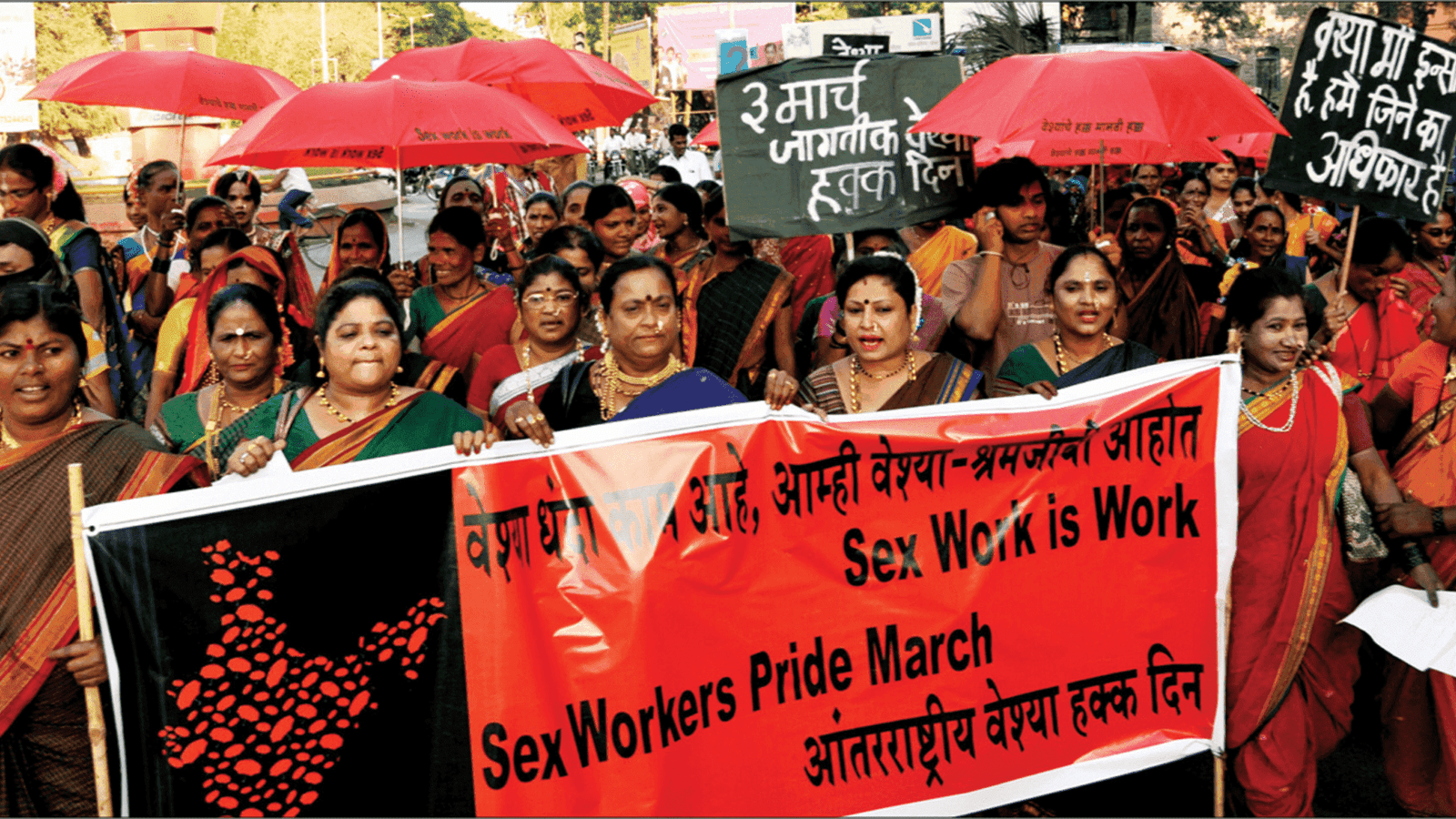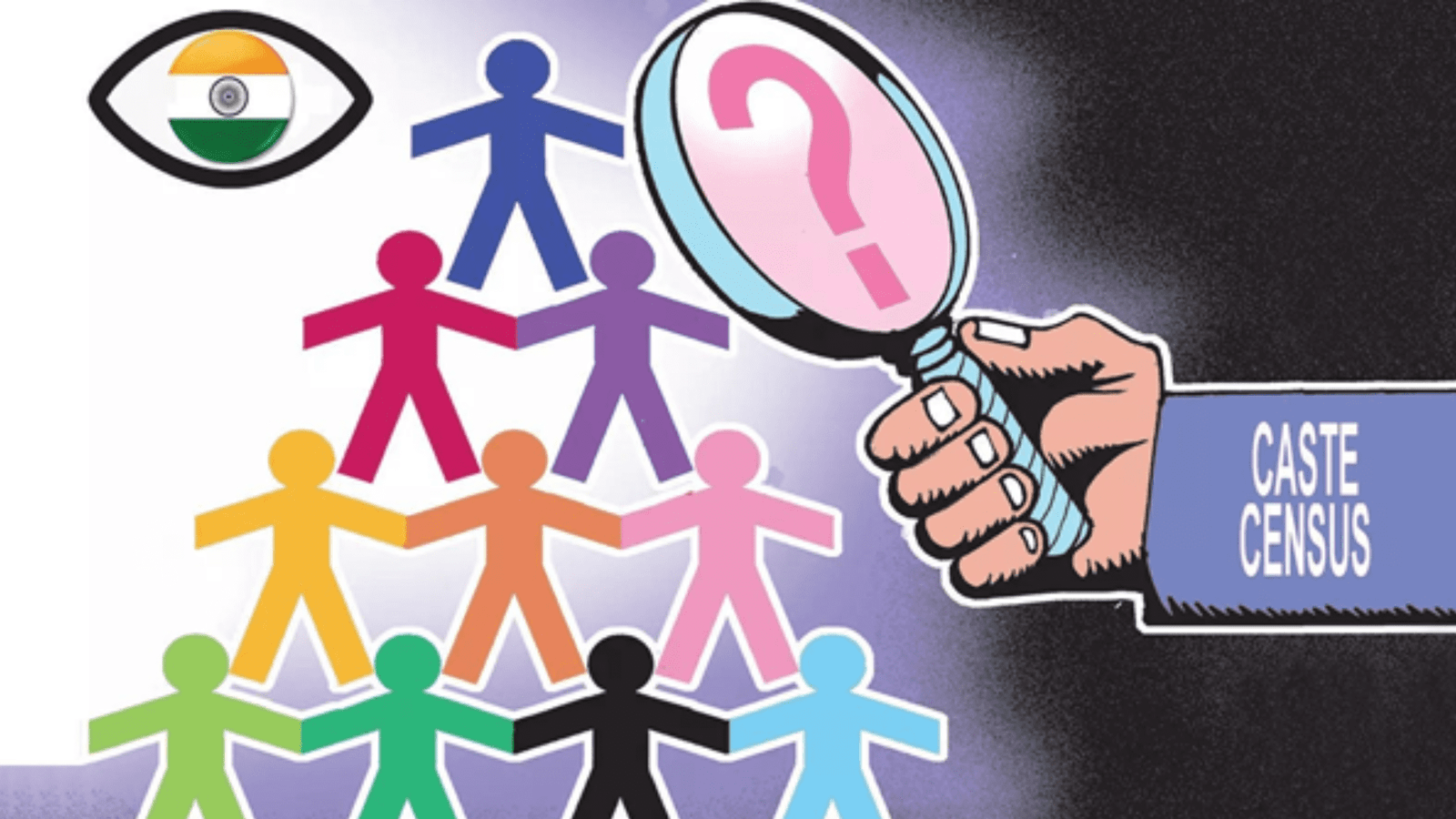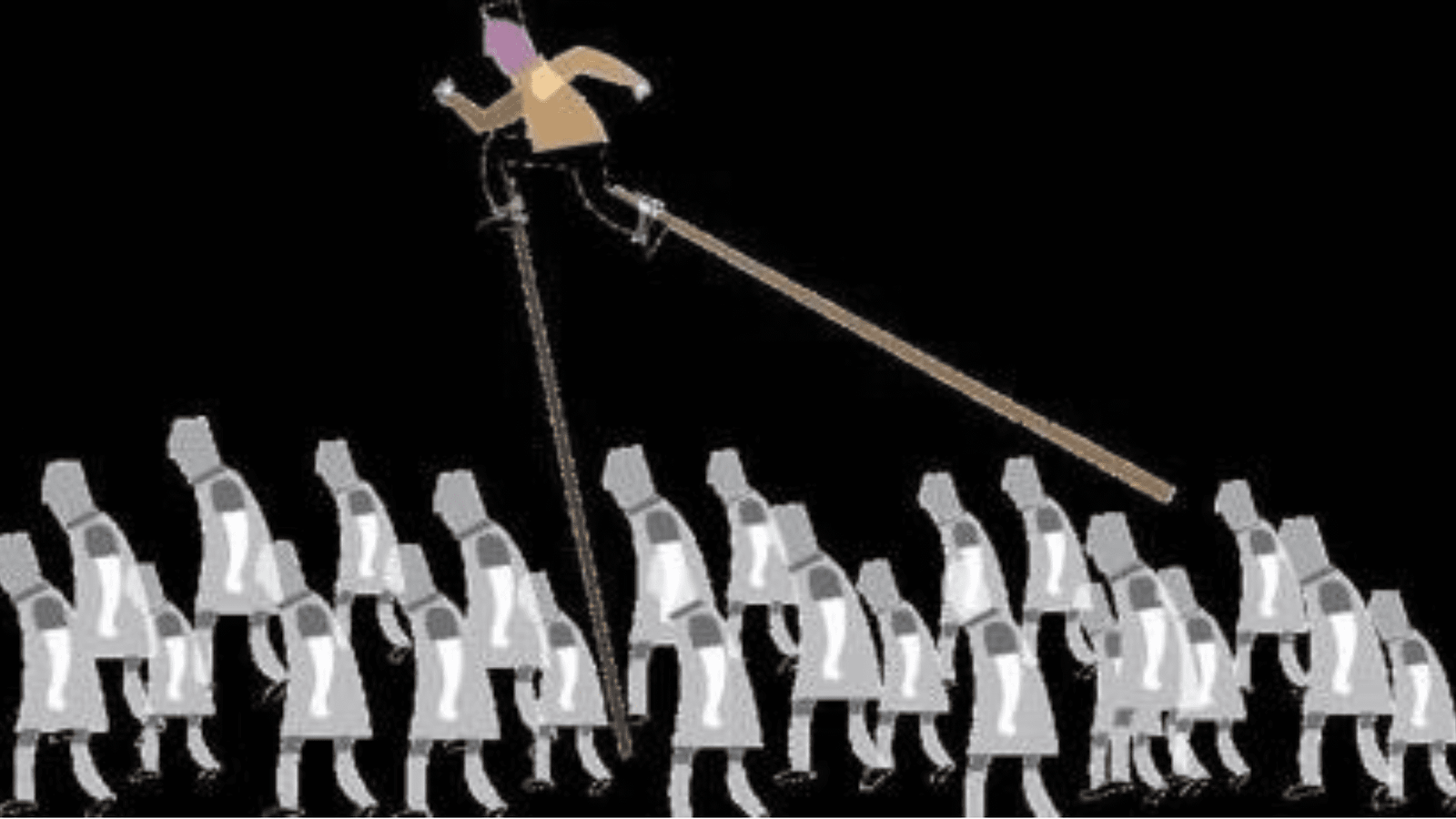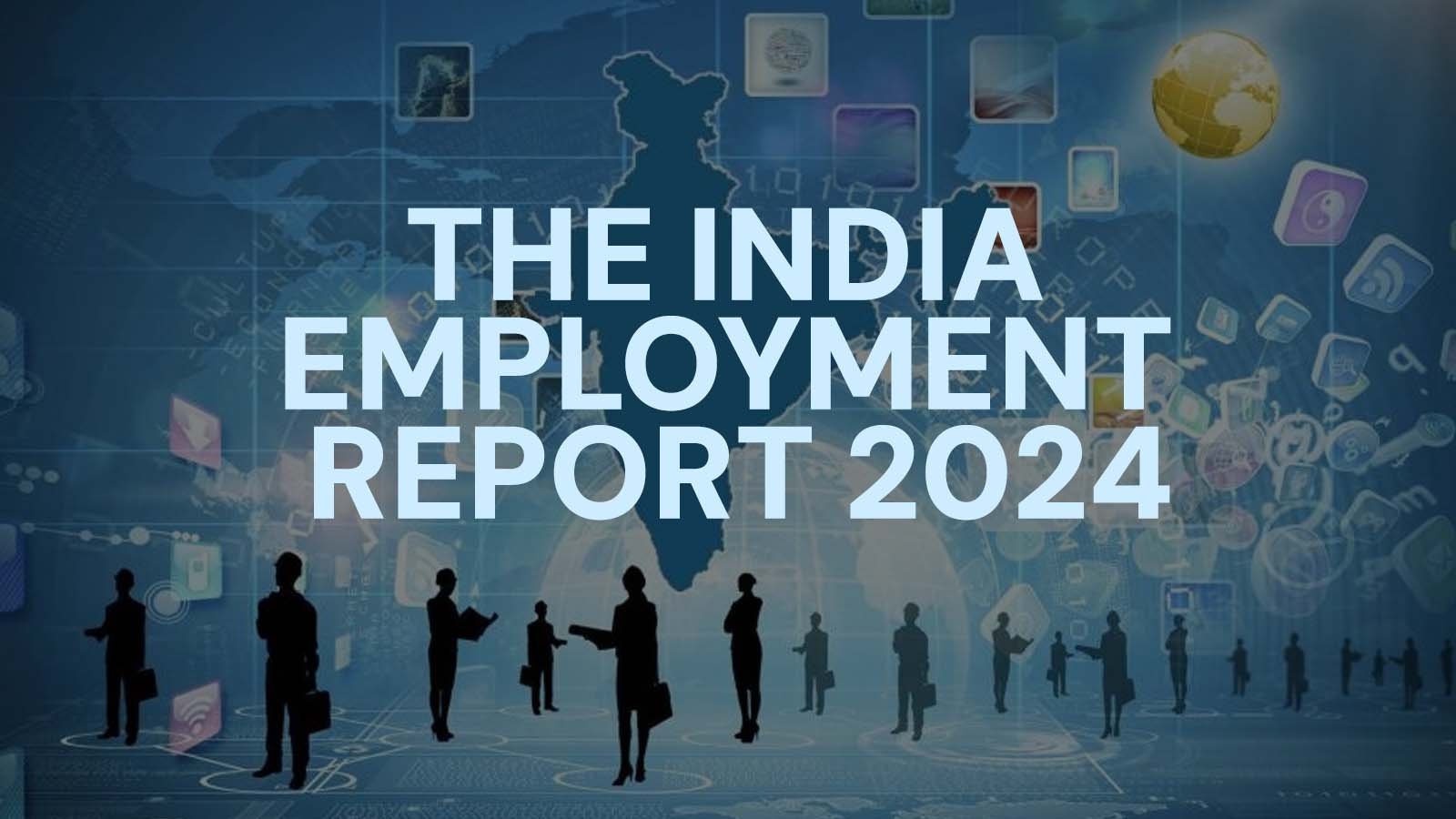
The News:
A World Bank Group report found that globally, women earn just 77 cents for every dollar paid to men. This difference has been cited in the past as an example of the “gender pay gap” – women earning less than men on average.
Key Points:
- According to the International Labour Organization (ILO), the gender pay gap is defined as the gap between the average wage level of all women and all men working in the labour market for a monthly salary, hourly or daily wage.
- This gap is not the wage gap between a man and a woman with the same observable characteristics, doing the same work; it is the difference between the average wage levels of all working women and men.
- Therefore, it is distinct from the concept of “equal pay for equal work”, which says if women and men have the same qualifications and do the same work, they need to be paid equally.
- There is no one agreed-upon method to calculate this gap. Pew Research found in 2012 that women earned 84% of what men earned in the US, while the US Bureau of Labor Statistics reported that women earned 81 cents to the dollar, just a few months before that.
- The difference is because of the methodology used. Pew used hourly wages to calculate the difference, whereas the Labor Bureau used weekly wages, taking into account only full-time workers (defined as those who usually work at least 35 hours per week).
- Overall, despite some differences due to the methodology, some kind of gender pay gap does exist in most countries and industries.
Reasons for Gender Pay Gap:
- First is the simple fact that women are not involved in paying jobs as much as men are, owing to notions about gender roles. The labour force participation rate gives an idea about this. It is the number of people looking for work or working already and above 15 years of age, divided by the total population.
- According to ILO, the current global labour force participation rate for women is just under 47%. For men, it is 72%. In India, as per the 2011 Census, the workforce participation rate for women is 25.51% against 53.26% for men.
- The second factor is the type of jobs women are employed in, once they join the workforce. ILO’s Women in Business and Management report found that “Far fewer women than men are in management and leadership positions, especially at higher levels.
- When women are managers, they tend to be more concentrated in management support functions such as human resources and financial administration than in more strategic roles. This brings down the average salary of female managers compared to that of male managers.”
- A 2013 survey from Georgetown University found that the top 10 most remunerative professions – mostly in engineering and computer science – were dominated by men, while the 10 least remunerative professions – in fields like arts and education – were dominated by women.
- In as many as 73 countries (based on 2018 data), women outnumber men as part-time workers. “Women’s opportunities for full-time employment may be more limited than men’s, resulting in women taking part-time employment. Part-time work does not always provide benefits that are proportional to those of full-time work, which can affect the remuneration package over time,” ILO says.
- Other institutional and socio-economic issues – the view that men should be breadwinners, lower investments in women’s education, and issues of safety in commute and at the workplace – also play a significant role.
What Does the Gender Pay Gap Tell Us?
- Useful patterns can be found when one looks at employment data based on age, when men and women take career breaks, and so on.
- For instance, when women reach their mid-30s and 40s, it is found that their earnings dip compared with men in the same position and profession.
- Some critics say that the 77% statistic hides another interesting piece of data, that women who do not get married earn 95 cents or even more for every dollar a man makes.
- This is what has been called the “motherhood penalty”, meaning that women are unfairly punished in terms of their career growth when they take breaks to have and care for children.
- The 2023 Sveriges Riksbank Prize in Economic Sciences — the ‘economics Nobel’ – was awarded to academic Claudia Goldin. She extensively worked on the subject of pay equality and said that traditionally, men have been able to have a family and “step up” in terms of careers because women “step back” from their careers for the family.
- “Both are deprived: men forgo time with family; women forgo career,” she writes, noting that work and career still function based on old structures.
- It has been estimated that it would take several decades for this gap to close. The pace with which it happens has varied over time, as policies such as maternity and paternity leaves, flexibility in work, etc. have been introduced, helping workers.




